
Froggatt Awards 2022
In 2022 our Froggatt Awards recognised some outstanding achievements in the fight to protect Australia’s native plants and animals from invasive species with two winners, each in different categories.

In 2022 our Froggatt Awards recognised some outstanding achievements in the fight to protect Australia’s native plants and animals from invasive species with two winners, each in different categories.
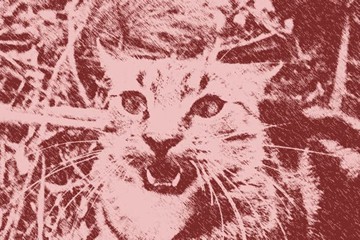
Cat-lover or not, none of us can escape the devastating impacts feral and roaming cats are having on Australia’s wildlife.
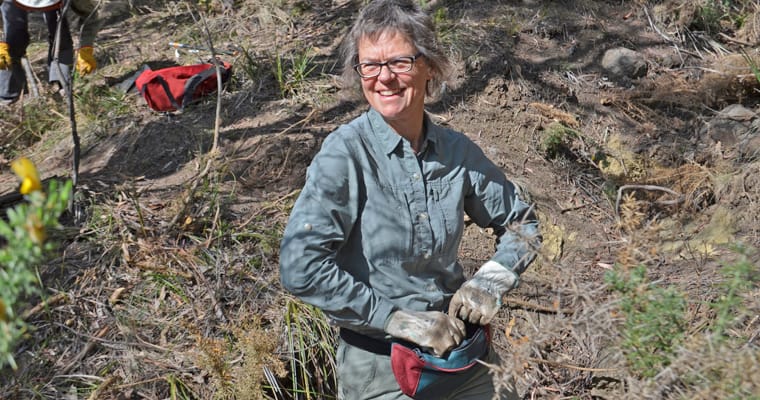
We’ve compiled a list of Bushcare, Landcare and Coastcare groups across Australia to help you connect with locals working on weeds.

Our Froggatt Awards 2021 recognised outstanding achievements tackling feral pigs, gamba grass and rodents on Lord Howe Island.

In 2020 our Froggatt Awards recognised outstanding achievements in the fight to protect Australia’s native plants and animals from invasive species.
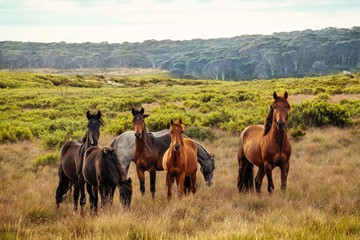
Feral horse numbers are expanding across the Australian Alps and other parts of the country, causing immense ecological damage.
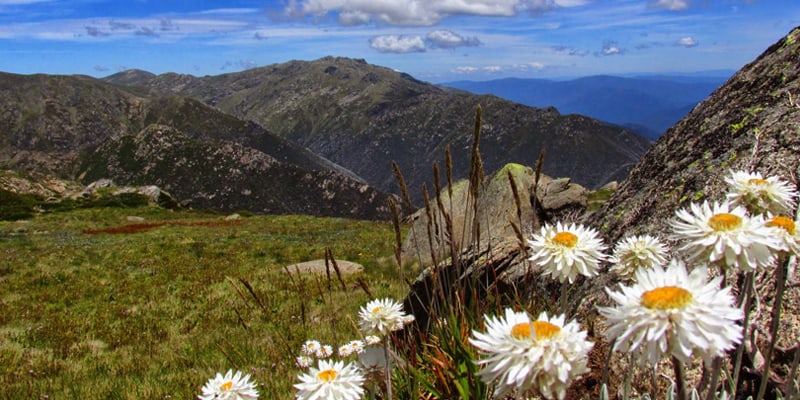
Agriculture and the natural environment have stark differences that warrant distinctive approaches to biosecurity.

Ever wondered what bugs are living in your garden or hanging out on a hike? Join the Bug Hunt now to discover all of our awesome native bugs, and a few non-native ones that we want to protect our communities from.

Our 2019 Froggatt Awards recognised outstanding achievements, including a young man who saved the NSW town of Lismore from invasion by yellow crazy ants.
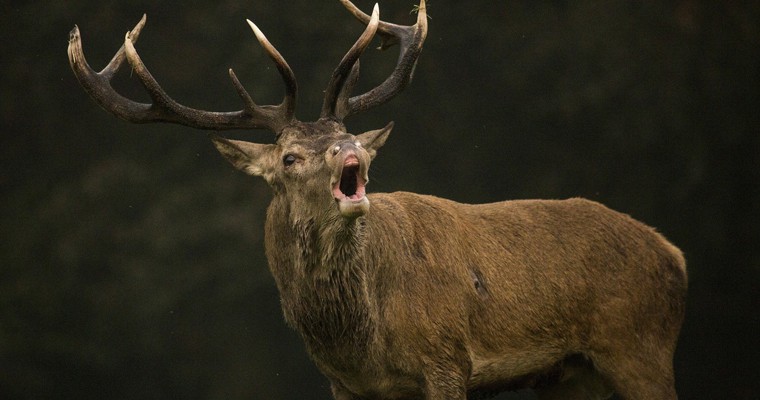
Feral deer are probably Australia’s worst emerging pest problem, causing damage to the natural environment and agricultural businesses.
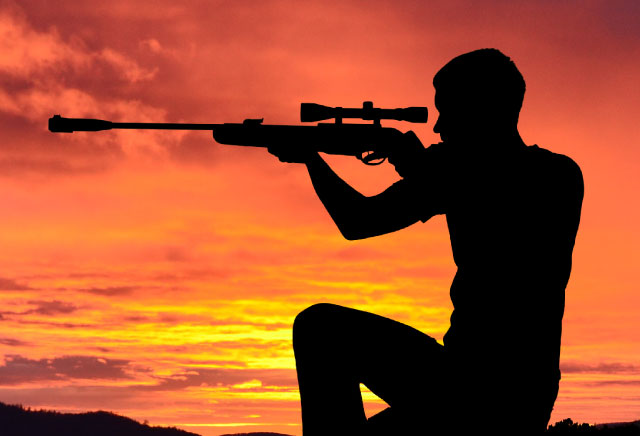
Funding recreational hunting as a primary method of control is a waste of taxpayers’ money. At best, hunters can supplement more effective methods of feral animal control.

ThANK YOU FOR FIGHTING FIRE ANTS! How to help | Take action Thank you for joining thousands of Australians who have signed up to fight
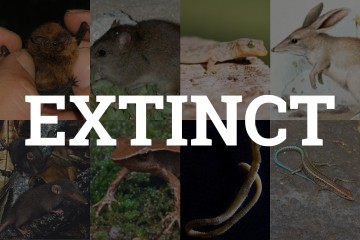
Australia is an extinction world leader. Let’s be the generation that ends invasive species-led extinctions in Australia.

Australia is an extinction world leader. Let’s be the generation that ends invasive species-led extinctions in Australia.

The Froggatt Awards recognise major contributions to protecting the Australian natural environment from weeds and feral animals.

In 2022 our Froggatt Awards recognised some outstanding achievements in the fight to protect Australia’s native plants and animals from invasive species with two winners, each in different categories.

Cat-lover or not, none of us can escape the devastating impacts feral and roaming cats are having on Australia’s wildlife.

We’ve compiled a list of Bushcare, Landcare and Coastcare groups across Australia to help you connect with locals working on weeds.

Our Froggatt Awards 2021 recognised outstanding achievements tackling feral pigs, gamba grass and rodents on Lord Howe Island.

In 2020 our Froggatt Awards recognised outstanding achievements in the fight to protect Australia’s native plants and animals from invasive species.

Feral horse numbers are expanding across the Australian Alps and other parts of the country, causing immense ecological damage.

Agriculture and the natural environment have stark differences that warrant distinctive approaches to biosecurity.

Ever wondered what bugs are living in your garden or hanging out on a hike? Join the Bug Hunt now to discover all of our awesome native bugs, and a few non-native ones that we want to protect our communities from.

Our 2019 Froggatt Awards recognised outstanding achievements, including a young man who saved the NSW town of Lismore from invasion by yellow crazy ants.

Feral deer are probably Australia’s worst emerging pest problem, causing damage to the natural environment and agricultural businesses.

Funding recreational hunting as a primary method of control is a waste of taxpayers’ money. At best, hunters can supplement more effective methods of feral animal control.

ThANK YOU FOR FIGHTING FIRE ANTS! How to help | Take action Thank you for joining thousands of Australians who have signed up to fight

Australia is an extinction world leader. Let’s be the generation that ends invasive species-led extinctions in Australia.

Australia is an extinction world leader. Let’s be the generation that ends invasive species-led extinctions in Australia.

The Froggatt Awards recognise major contributions to protecting the Australian natural environment from weeds and feral animals.

In 2022 our Froggatt Awards recognised some outstanding achievements in the fight to protect Australia’s native plants and animals from invasive species with two winners, each in different categories.

Cat-lover or not, none of us can escape the devastating impacts feral and roaming cats are having on Australia’s wildlife.

We’ve compiled a list of Bushcare, Landcare and Coastcare groups across Australia to help you connect with locals working on weeds.

Our Froggatt Awards 2021 recognised outstanding achievements tackling feral pigs, gamba grass and rodents on Lord Howe Island.

In 2020 our Froggatt Awards recognised outstanding achievements in the fight to protect Australia’s native plants and animals from invasive species.

Feral horse numbers are expanding across the Australian Alps and other parts of the country, causing immense ecological damage.

Agriculture and the natural environment have stark differences that warrant distinctive approaches to biosecurity.

Ever wondered what bugs are living in your garden or hanging out on a hike? Join the Bug Hunt now to discover all of our awesome native bugs, and a few non-native ones that we want to protect our communities from.

Our 2019 Froggatt Awards recognised outstanding achievements, including a young man who saved the NSW town of Lismore from invasion by yellow crazy ants.

Feral deer are probably Australia’s worst emerging pest problem, causing damage to the natural environment and agricultural businesses.

Funding recreational hunting as a primary method of control is a waste of taxpayers’ money. At best, hunters can supplement more effective methods of feral animal control.

ThANK YOU FOR FIGHTING FIRE ANTS! How to help | Take action Thank you for joining thousands of Australians who have signed up to fight

Australia is an extinction world leader. Let’s be the generation that ends invasive species-led extinctions in Australia.

Australia is an extinction world leader. Let’s be the generation that ends invasive species-led extinctions in Australia.

The Froggatt Awards recognise major contributions to protecting the Australian natural environment from weeds and feral animals.
Get our blog the Feral Herald delivered to your inbox.
Our protected areas are being trashed, trampled, choked and polluted by an onslaught of invaders. Invasive species are already the overwhelming driver of our animal extinction rate, and are expected to cause 75 of the next 100 extinctions.
But you can help to turn this around and create a wildlife revival in Australia.
From numbats to night parrots, a tax-deductible donation today can help defend our wildlife against the threat of invasive weeds, predators, and diseases.
As the only national advocacy environment group dedicated to stopping this mega threat, your gift will make a big difference.
A silent crisis is unfolding across Australia. Every year, billions of native animals are hunted and killed by cats and foxes. Fire ants continue to spread and threaten human health. And the deadly strain of bird flu looms on the horizon. Your donation today will be used to put the invasive species threat in the media, make invasive species a government priority, ensure governments take rapid action to protect nature and our remarkable native wildlife from invasives-led extinction, death and destruction.
If you are having trouble submitting a form, please read this guide.
Please fill out the following form and one of our team will be in contact to assist as soon as possible. Please make sure to include any helpful information, such as the device you were using (computer, tablet or mobile phone) and if known, your browser (Mozilla Firefox, Chrome, Safari etc)
"*" indicates required fields
Dear Project Team,
[YOUR PERSONALISED MESSAGE WILL APPEAR HERE.]
I support the amendment to the Kosciuszko National Park Wild Horse Heritage Management Plan to allow our incredible National Parks staff to use aerial shooting as one method to rapidly reduce feral horse numbers. I want to see feral horse numbers urgently reduced in order to save the national park and our native wildlife that live there.
The current approach is not solving the problem. Feral horse numbers have rapidly increased in Kosciuszko National Park to around 18,000, a 30% jump in just the past 2 years. With the population so high, thousands of feral horses need to be removed annually to reduce numbers and stop our National Park becoming a horse paddock. Aerial shooting, undertaken humanely and safely by professionals using standard protocols, is the only way this can happen.
The government’s own management plan for feral horses states that ‘if undertaken in accordance with best practice, aerial shooting can have the lowest negative animal welfare impacts of all lethal control methods’.
This humane and effective practice is already used across Australia to manage hundreds of thousands of feral animals like horses, deer, pigs, and goats.
Trapping and rehoming of feral horses has been used in Kosciuszko National Park for well over a decade but has consistently failed to reduce the population, has delayed meaningful action and is expensive. There are too many feral horses in the Alps and not enough demand for rehoming for it to be relied upon for the reduction of the population.
Fertility control as a management tool is only effective for a small, geographically isolated, and accessible population of feral horses where the management outcome sought is to maintain the population at its current size. It is not a viable option to reduce the large and growing feral horse population in the vast and rugged terrain of Kosciuszko National Park.
Feral horses are trashing and trampling our sensitive alpine ecosystems and streams, causing the decline and extinction of native animals. The federal government’s Threatened Species Scientific Committee has stated that feral horses ‘may be the crucial factor that causes final extinction’ for 12 alpine species.
I recognise the sad reality that urgent and humane measures are necessary to urgently remove the horses or they will destroy the Snowies and the native wildlife that call the mountains home. I support a healthy national park where native species like the Corroboree Frog and Mountain Pygmy Possum can thrive.
Dear Project Team,
[YOUR PERSONALISED MESSAGE WILL APPEAR HERE.]
I support the amendment to the Kosciuszko National Park Wild Horse Heritage Management Plan to allow our incredible National Parks staff to use aerial shooting as one method to rapidly reduce feral horse numbers. I want to see feral horse numbers urgently reduced in order to save the national park and our native wildlife that live there.
The current approach is not solving the problem. Feral horse numbers have rapidly increased in Kosciuszko National Park to around 18,000, a 30% jump in just the past 2 years. With the population so high, thousands of feral horses need to be removed annually to reduce numbers and stop our National Park becoming a horse paddock. Aerial shooting, undertaken humanely and safely by professionals using standard protocols, is the only way this can happen.
The government’s own management plan for feral horses states that ‘if undertaken in accordance with best practice, aerial shooting can have the lowest negative animal welfare impacts of all lethal control methods’.
This humane and effective practice is already used across Australia to manage hundreds of thousands of feral animals like horses, deer, pigs, and goats.
Trapping and rehoming of feral horses has been used in Kosciuszko National Park for well over a decade but has consistently failed to reduce the population, has delayed meaningful action and is expensive. There are too many feral horses in the Alps and not enough demand for rehoming for it to be relied upon for the reduction of the population.
Fertility control as a management tool is only effective for a small, geographically isolated, and accessible population of feral horses where the management outcome sought is to maintain the population at its current size. It is not a viable option to reduce the large and growing feral horse population in the vast and rugged terrain of Kosciuszko National Park.
Feral horses are trashing and trampling our sensitive alpine ecosystems and streams, causing the decline and extinction of native animals. The federal government’s Threatened Species Scientific Committee has stated that feral horses ‘may be the crucial factor that causes final extinction’ for 12 alpine species.
I recognise the sad reality that urgent and humane measures are necessary to urgently remove the horses or they will destroy the Snowies and the native wildlife that call the mountains home. I support a healthy national park where native species like the Corroboree Frog and Mountain Pygmy Possum can thrive.